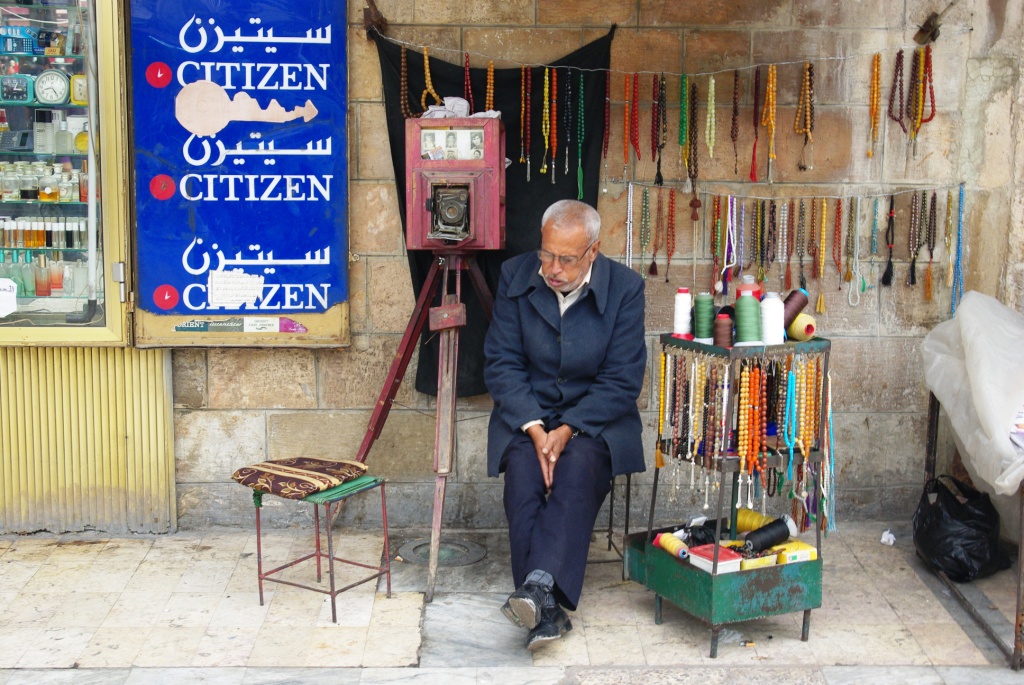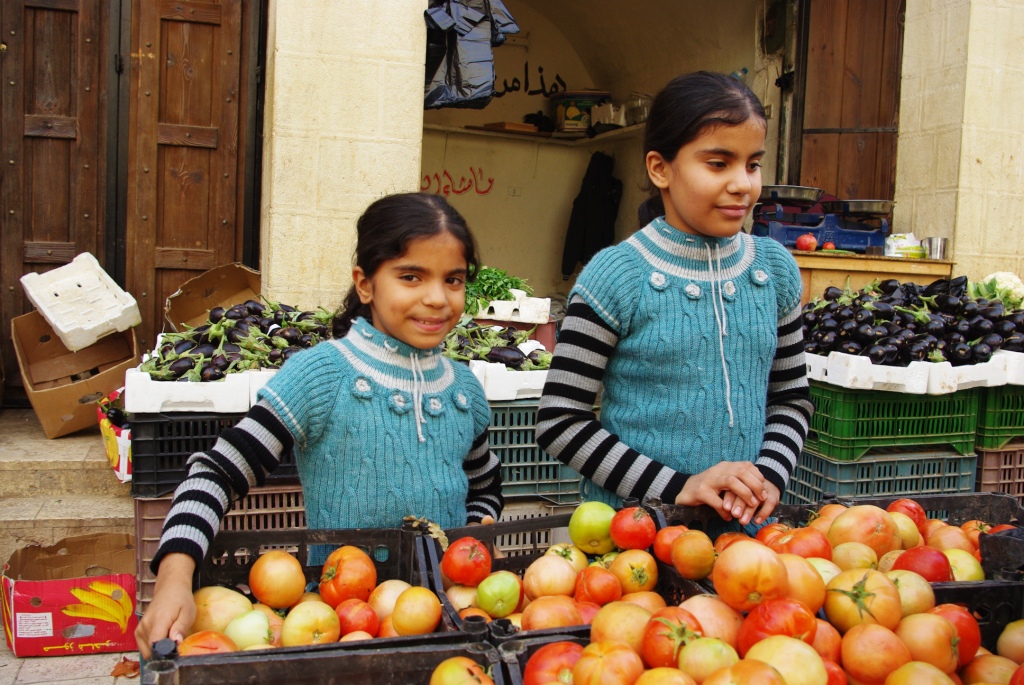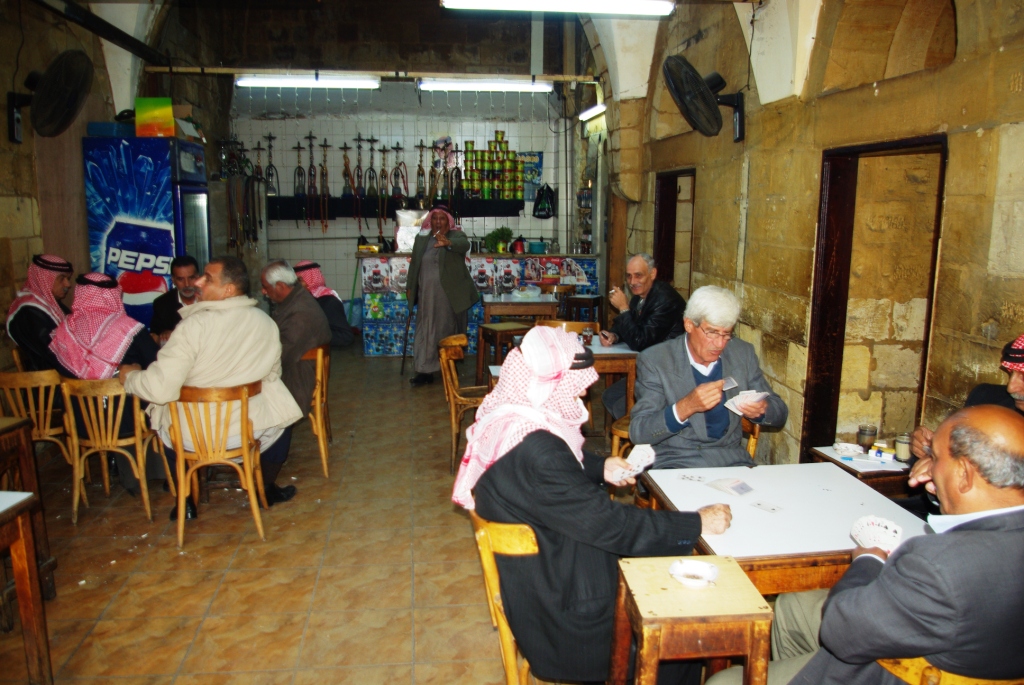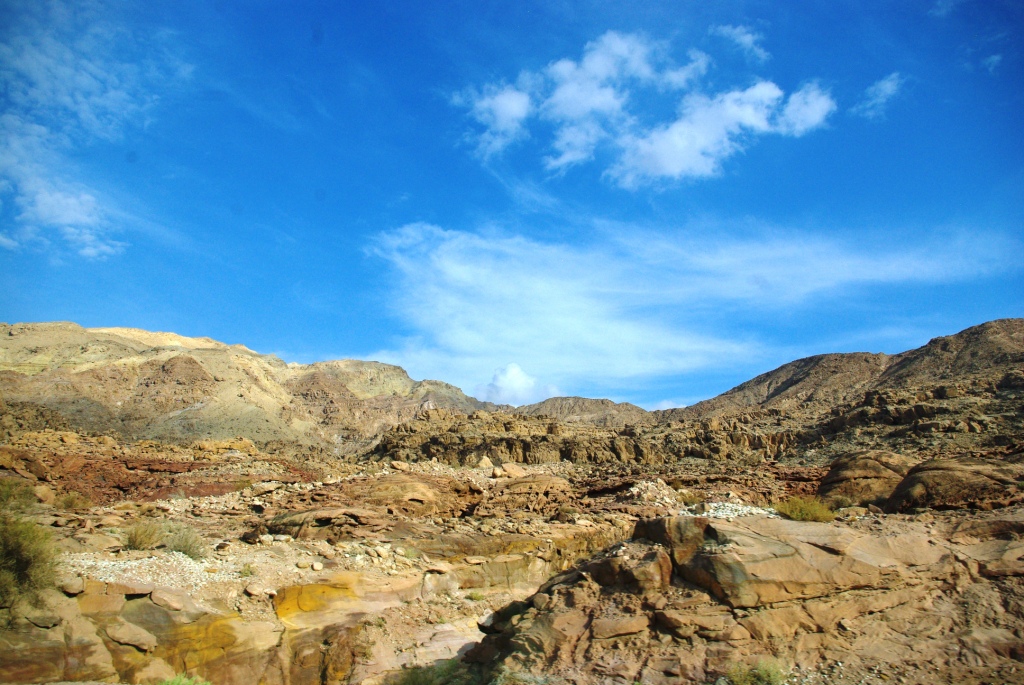The Hashemite Kingdom of Jordan covers the area of some 90.000 km2 and has 6.5 milion inhabitants, where almost half of them inhabit the capital city of Amman and its metropolitan area. To north it borders Syria, to northeast Iraq, to the east and south with Saudi Arabia and to the west with Israel. To the south Jordan even has a bit of coast in the Gulf of Aqaba, which it shares with Israel, Egypt and Saudi Arabia. It’s these 26 kilometres that places Jordan among the sea faring nations, even it is has twice as much coast line at the Dead Sea, which is shares with Israel.
Despite its small size Jordan has a very vivid landscape, where we can enjoy – apart from the Red Sea coast and the Dead Sea coast also the green pastures to the north and hills as tall as 2000 meters. On top of it all they also have a real desert with camels and all that goes along. The small size can only be seen as an advantage, as we can cross the country in a relatively short time period.
Amman, the capital city, and its surroundings have almost three million people. The city is a complicated combination of old and new. Hence Amman features a Roman amphitheatre that held 6000 spectators and is still in use today. Similar to Rome, we also find a Roman forum right outside the amphitheatre and it was one of the largest forums in the day, with 5000 m2.
Next we shouldn’t miss the Citadel, which stands on the highest hill of the city at the elevation of 850 meters. Citadel Jebel al-Qala'a is a complex with walls 1.700 meters long dating back to the bronze and iron age and were renovated in the Roman, Byzantine, and Umayyad periods, from which is also the Umayyad palace. We can also still see the remains of the Byzantine church, dating back to that era. The rich history left many other sites, which are important archaeological digs today, and Jordan boasts with finds like the Temple of Hercules and the Nymphaeum, a complex of fountains on two levels with mosaics and pools in the size of 600m2. But you can learn more about the archaeology at the rich museum in the centre of the city. In the heart of the city you’ll also find the famous mosques well worth a visit. The Grand Husseini mosque next to the market place – souk in Arabic – was built already in the 7th century, but what you see today is mostly the result of the renovation in 1924. There are many more interesting things to see in Amman, but Jordan is too beautiful not to go outside the capital.

Also in the capital you can find a very good hostel on the Queen Rania Street within the Hussain Sport City right next to the king’s cultural centre. For more info contact onfo@jyhc.jo .
As-Salt is a historical city 2300 years old, with 70.000 inhabitants. The city stands on the ancient route connecting Jerusalem and Amman at the elevation between 790 and 1100 meters above the see on the eastern bank of the river Jordan. It was the natural location which helped the city to flourish. Today Salt is a town worth a visit as you’ll travel back in time. The center is protected – all new buildings and adaptations can be done only under strict supervision of the heritage inspectors. The museum of As-Salt holds the larges women folklore traditional dress, but it’s not meant for a giant. The girls and women wrap it several times around themselves when wearing it. Today it is used only for folklore dancing.

he town of As-Salt has, in cooperation with the ministry of tourism and the Japanese international agency for cooperation JICA set up an archaeological museum and the museum of the old city of Salt with a map of heritage routs. The map of the heritage routs can be obtained also at several other locations in a town, which will enchant you with its authenticity and calmness, which is best experienced in a traditional café, where they also offer the nargila – the typical water pipe (hookah) of the east.
The town of As-Salt is only 30 kilometres from downtown Amman and is easily reachable vie public transport, for less than an Euro, or by taxi, which is a bit more expensive, but still the price depends on your haggling skills.

The Dead Sea is twice the natural phenomena. The water of the sea is, with its over 28% concentration of salt, the second saltiest in the world (right after the ten times smaller lake of Assal – which has a salt concentration of 35%) - that is if we don’t consider the salt lakes on Antarctica, since the continent is not inhabited. And die to tectonic shifts the Dead Sea is in a depression even 417 meters lower than the sea level – and the depth keeps growing, as well as the size keeps shrinking. In the past 30 years the surface of the lake deteriorated for about one third. The Dead Sea is shared between Jordan and Israel and both sides of the border have some health resorts here, as the water is known for its wide variety of healing effects. It’s the high concentration of salt that makes the waters of Dead Sea so very fun. Not even people who can’t swim can sink here. All attempts of swimming are really difficult and it’s really interesting to try and swim and you’ll lose ground as soon as most of your body is under water. But so much salt is not only good for you – like every medicine, if you take too much, it can be very harmful. That’s why they tell you for how long you may stay in water and they especially warn you not to get the water in your eyes or mouth, due to the highly aggressive and bitter taste.

The holy river Jordan, makes up a lot of the border between Israel and Jordan and flows into the Dead Sea, making it the lowest laying river in the world. The river is also directly linked to the history of Christianity. This is the place where John the Baptist is said to have baptized Jesus Christ. It’s possible to visit this that very spot and tourist can cross the meter of so of border between two countries with ease. Because of the great importance the sight has for Christians the Israely side also features a tourist complex so you can meet and share experience with fellow traveller beyond the border, who visited the place from the Jewish side.
The visit of the Dead Sea was a great one day trip from Aqaba. More about Aqaba, the Wadi Rum desert and the number one tourist attraction – PETRA in next issue of the Globetrotter.
I know it’s not easy to make a clear picture of what the Dead Sea and its coast is like, what standing on the banks of Jordan feels, or what Amman and As-Salt look like, so I enjoy you to visit my photo gallery at
THIS LINK.